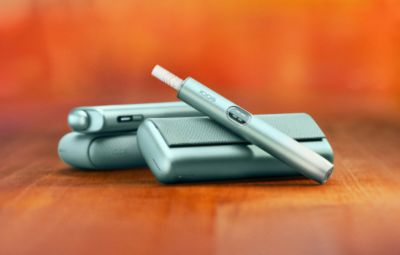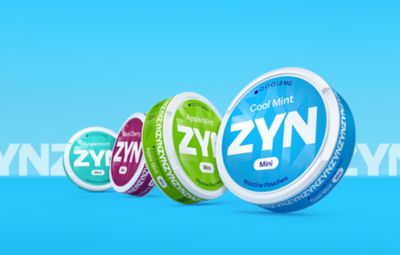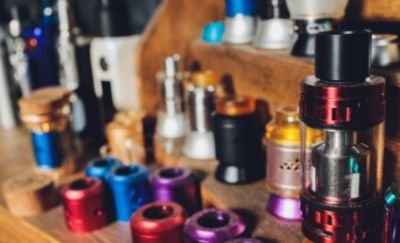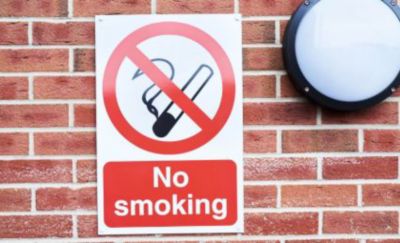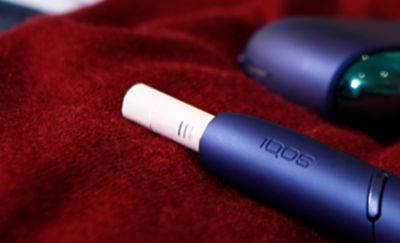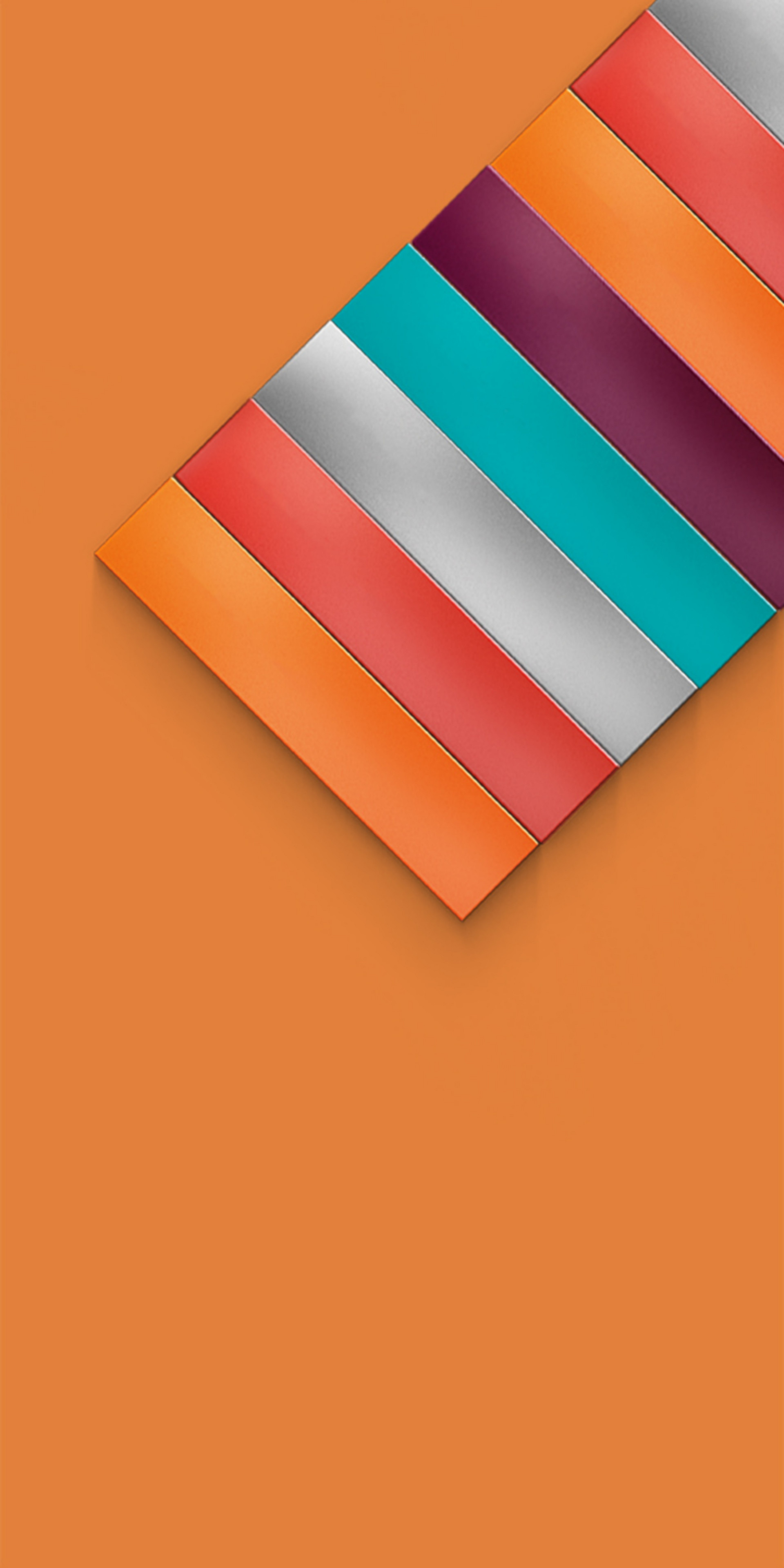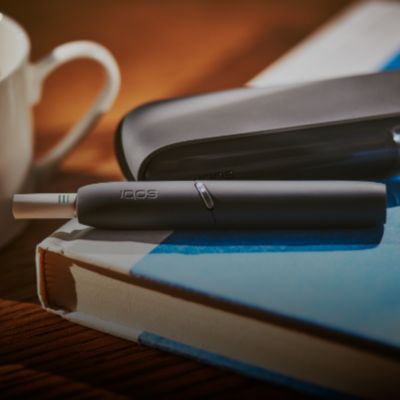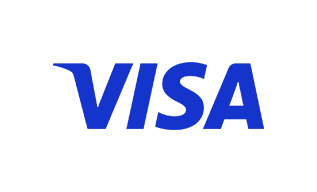How to Identify and Avoid Fake Cigarettes
This article is for general information and educational purposes. Some of the information in this article is based on external, third-party sources and we make no representations or warranties of any kind regarding the accuracy, validity or completeness of such information. Such content is not intended to be representative of the products sold on this website.
Over the last twenty years, fake cigarette and illicit tobacco operations have become ever more sophisticated. As a result, spotting fake cigarettes has become increasingly challenging.
Did you know that 10% - 12% of tobacco products consumed globally every year are known to be counterfeit - incredibly, this amounts to an estimated 400 – 460 billion illicit cigarettes.1 If you’re an adult smoker who would like to know more about how to identify and avoid illicit cigarettes, there are some signs that may indicate contraband or counterfeit products.
Cigarette and tobacco products typically come in a variety of different packages depending on the country you purchase them in. Recognising the authenticity of what these products look like - and how they differ from the counterfeit and contraband - may help you to spot the real ones.
Types of Illicit Cigarettes
There are two main types of illicit cigarettes:
- Contraband cigarettes (cigarettes that have been smuggled)
- Counterfeit cigarettes (fake cigarettes)
Contraband Cigarettes
This refers to genuine branded cigarettes that have been brought into the country by means of smuggling. This means that there is no duty paid on the tobacco – which is illegal. These are typically genuine products that were intended for sale in other countries, bought at a lower price and then sold at an increased price in the UK.
Counterfeit Cigarettes
These are cigarettes that have been illegally manufactured to look like trademarked, branded cigarettes – but are then sold by individuals or parties that have no association with those brands or the trademark holders. They are otherwise known as fake cigarettes. These counterfeits are also often made in unsanitary, sub-standard conditions.
The Risks of Illicit Tobacco
Most counterfeit/fake cigarettes are produced in factories with sub-standard, unsanitary conditions - where there are no quality checks. When tested, counterfeit cigarettes are often found to contain disturbing ingredients.
Because illicit tobacco is unregulated it cannot be said for certain what they will categorically consist of.
This means it’s uncertain whether ingredients found in illicit tobacco products meet important regulatory requirements set by the country they’re sold in. What’s more, it’s also unclear whether these products adhere to ingredient quality standards and content limits.
Furthermore, all cigarettes sold legally within the EU (and the UK) are required to meet strict RIP (reduced ignition propensity) rules – and must come equipped with bands of fire-retardant paper at staggered points down the length of the cigarette, so that they self-extinguish if they are lit and not actively smoked. This is often not true for illicit cigarettes which may contain no fire-retardant safety features making them a greater fire risk.
How to Spot Fake Cigarettes
Some packs of counterfeit cigarettes and tobacco are quite easy to spot. When it comes to identifying a potentially fake cigarette, there are several things you could look out for:
- Poor packaging, incorrect spelling, odd-looking logos or typefaces, and health warnings that are either missing or seem unusual are all signs that the cigarettes may be counterfeit.
- All major brands of cigarettes sold in the UK display a unique code at the base of the pack. However, many batches of illicit cigarettes that have been seized often share the same code on every pack, a clear sign of counterfeiting.
Unfortunately, spotting the more sophisticated illicit cigarettes can be tricky. Boxes and packs of counterfeit cigarettes are now regularly presented in a way that is extremely convincing, making it difficult to distinguish between fake cigarettes and genuine products.
Generally, if the cigarettes you buy are sold at a heavy discount from the price more widely available, then it increases the likelihood of you ending up with a counterfeit product.
How to Spot Fake Tobacco
So aside from cigarettes, how can you tell if tobacco is illicit? The signs of an illicit tobacco product, including hand-rolling tobacco, may be quite similar to those of a fake cigarette.
You can report illicit products to Trading Standards, who investigate unfair and illegal trading and business. Citizens Advice provides further details on reporting fake/counterfeit goods.
If you’ve spotted illicit tobacco, it’s important not to use it. In the UK, you should only use products that comply with the UK government’s restrictions.
The True Cost of Illicit Tobacco
Consumers might search for illicit, contraband and counterfeit cigarettes and tobacco, as they can be cheaper than legitimate products. However, the true cost of buying these products may be much higher.
With a lack of quality assurance, there are significant health and safety risks to consumers. Furthermore, while it may seem like a victimless crime, the illicit tobacco trade is often linked to organised crime groups, attracted by high consumer demand and high margins. These groups can also be involved in other types of organised crime such as people smuggling.
If cutting the cost of smoking cigarettes is something you’re concerned with, you might want to consider switching to a smoke-free alternative instead. Find out more via our guide on the cost of cigarettes vs smoke-free alternatives.
Smoke-free products are not risk-free and provide nicotine, which is addictive. The best decision any adult smoker can make is to quit tobacco and nicotine use altogether. Smoke-free products are not alternatives to quitting and are not designed as cessation aids.
Sources:
1 Philip Morris International - Illicit Trade in Numbers
2 Gov.uk - Illegal Tobacco
